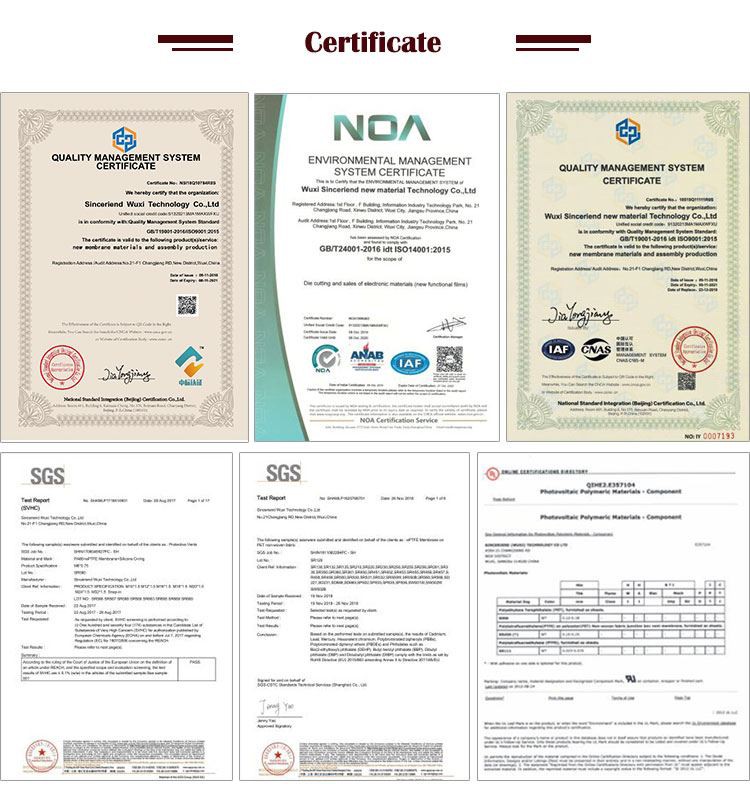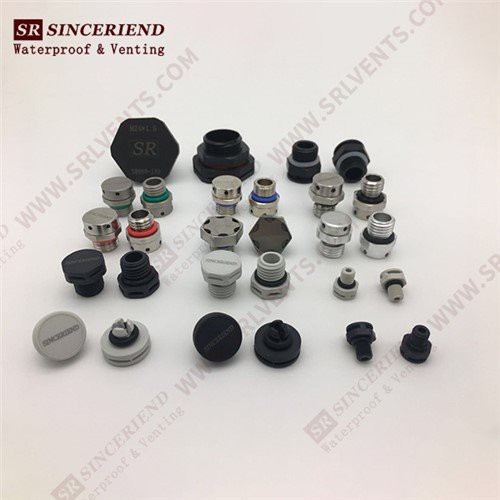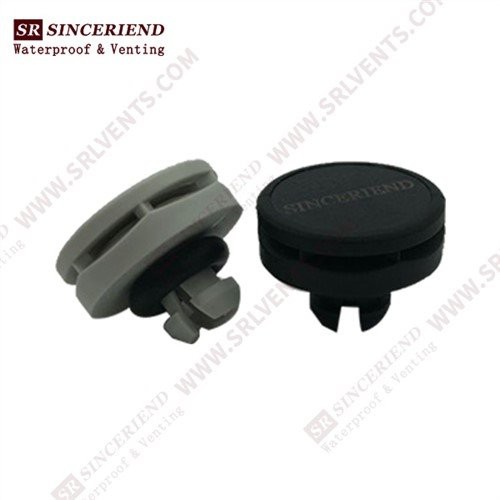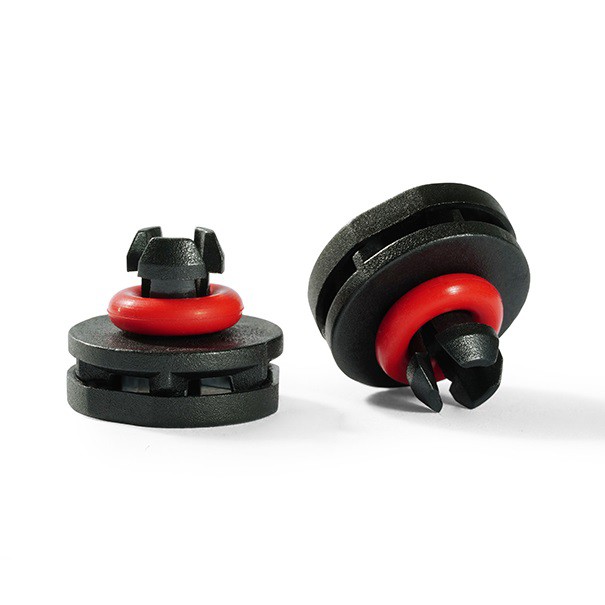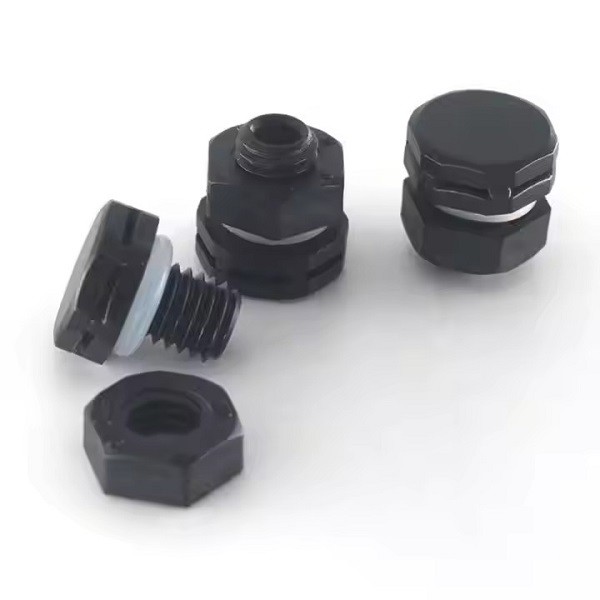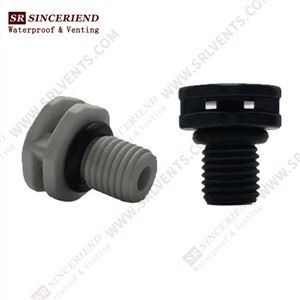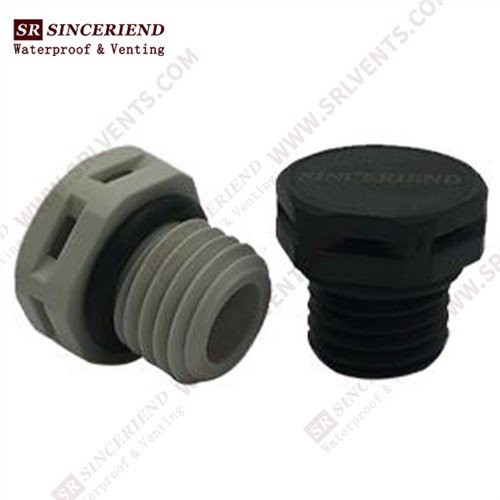Introduction
Base Station Vents are openings on the base station equipment housing, which are mainly used for air exchange between the base station and the external environment. Base stations are the core facilities of wireless communication systems and contain a large number of electronic equipment, such as communication equipment, power equipment, transmission equipment, etc.
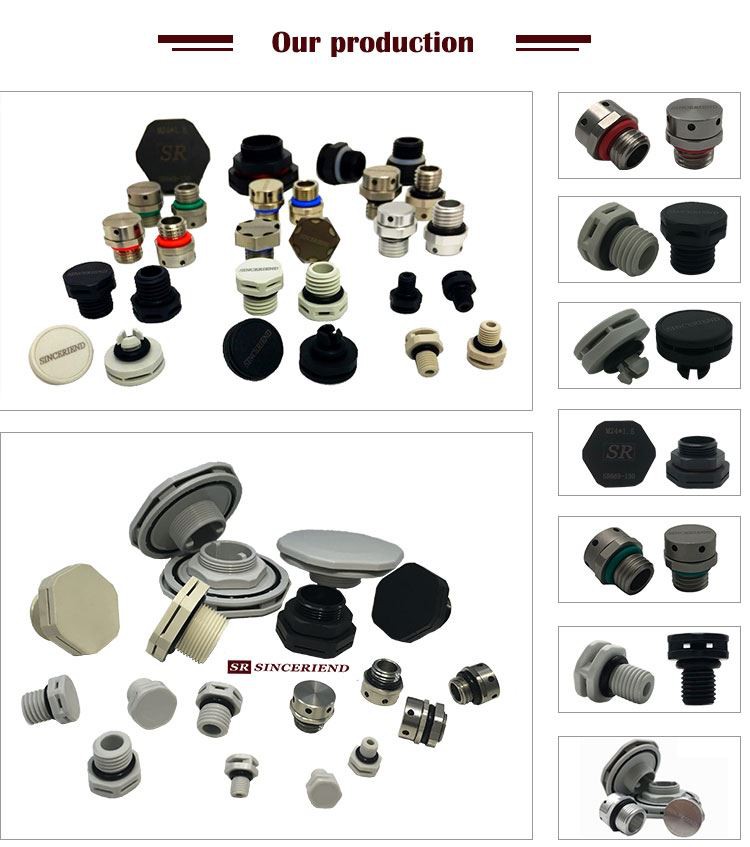
Product specifications
The standard specification of SR communication base station protective vents is M6*0.75/M8*1.25/M12*1.5/M12*1.0/M24*1.5. Please refer to the following catalog for detailed performance parameters.

Feature
1. Significant energy-saving effect: The base station vents are linked to the air conditioner in the computer room via an intelligent ventilation system, which uses natural air flow to cool the computer room, lowering the air conditioner's running time and saving energy by 30%-60%.
2. Dustproof and anti-theft: The base station vents use multi-level dustproof technology to fulfill the dustproof G3 standard while causing no damage to the base station wall, and they have a safety anti-theft feature.
3. Fan and air conditioner linkage control: The base station vent system can generate control signals, connect and regulate the fan and air conditioner, and extend the air conditioner's service life.
4. Strong environmental adaptability: The base station vent system is made of industrial-grade materials, as are the host single-chip microcomputer chip and all electronic components. They can work for a long period and adjust to temperatures ranging from -20℃ to 65℃.
5. Remote monitoring function: Some base station vent systems can be remotely telemetered, signaled, and controlled via the RS485/RS232/RS422 interface, enabling remote monitoring and management.
6. Air dialysis treatment unit: In manned equipment rooms, the air intake fan can combine an air purification fresh air energy-saving system with an air dialysis treatment unit to create a healthier work environment.
7. Market demand and development trend: As mobile networks continue to expand, the number of base stations grows, and so does the market demand for base station air conditioning ventilation energy-saving equipment, with promising market prospects.
8. System principle: The base station vent system introduces outdoor clean cold air for natural cooling based on the temperature difference between indoor and outdoor, and discharges hot air in the base station, effectively replacing the effect of air conditioning refrigeration, lowering power consumption and operating costs, and extending air conditioner service life.
9. Intelligent control: The base station vent system has temperature and humidity detection features, supports 485 communication networking inquiry functions, and can monitor the temperature and humidity conditions in the equipment room at all times. It features a high level of intelligent and automatic control capability.
Maintenance and Care
1. Clean vent filters and dust screens periodically to prevent blockages.
2. Regularly inspect vents for deterioration, including cracks, distortion, and corrosion.
3. Regularly inspect fire protection systems, including alarms and extinguishers, in base stations with fire protection design to ensure proper operation.
4. Regularly check the ventilation system's mechanical equipment, including fans and power supplies, to ensure proper operation.
Design requirements
1. Vents should be located and sized appropriately to promote air circulation and prevent high temperatures in certain regions.
2. Durability and protection: Vents must be resistant to harsh weather conditions, including rain, snow, wind, and sand, as well as external pollution.
3. Noise control: During operation, the base station's equipment generates noise, which should be minimized through vent design.
4. Fire prevention design: In certain settings, base station vents may require fire prevention functions. It is usual practice to utilize high-temperature resistant materials or to install automatic fire alarms and fire extinguishing mechanisms to ensure that the equipment can effectively control the spread of fire in the case of a fire.
5. Filtering and insect-proof design: To prevent dust and insects from entering base station equipment, vents typically include filters or insect-proof netting. The filter's material and aperture design must be chosen based on local climatic circumstances (for example, strong wind and sand, high air humidity, etc.).

